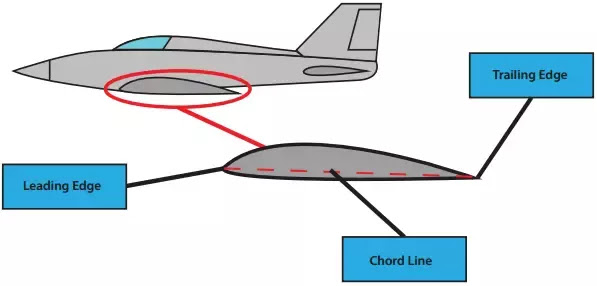Hey, what is up folks hope you all are doing well. In the last blog, we discussed all the various topics for your DGCA exams and how to get your computer number. Now before we start with any of the concepts in details, I want to talk a bit about the essential components of a propeller-driven aircraft and the functions they serve, build the basics.
Starting from the propeller, we are gonna go clockwise and talk about each and every component marked in this diagram of a propeller-driven A/c. So, dig in!
The propeller: Well in a propeller-driven aircraft it is this part which pulls in the air in front of the aircraft (A/c) providing it with a forward thrust.
The engine: I don't suppose I need to explain much, but here's something to get your basics right! The engine is the component that makes the propeller turn and enables the A/c to function. The metallic cover that covers the engine is known as the COWLING.
The fuel tank: Its definition is quite literal; it stores fuel.
The radio antenna: It is the device used for transmitting and receiving radio signals which in turn is used for communication.
Vertical and Horizontal stabilizer: Well first of all the stabilizer's job is to provide stability to the A/c and to make sure it flies straight. The vertical stabilizer prevents the nose of the A/c from moving side to side; this move is also known as YAWING. The horizontal stabilizer prevents the up and down motion of the nose; this movement is known as PITCHING.
- Navigation lights: These lights are located on the tips of the leading edge of the wings. Each wing has two edges, one to the front is known as the Leading-edge, and the one to the rear is known as the Trailing-edge. The leading edge of the right wingtip houses a RED navigational light whereas the leading edge of the left wingtip houses a GREEN navigational light.

The flashing beacon: You see it at the tip of the vertical stabilizer. The flashing beacon is a blinking WHITE navigational light. It is these 3 white, red and green lights placed at 3 different extremities of the A/c that gives us info about the position both on the ground and in air, heading, i.e. the direction of the A/c and the status of the A/c.
- The landing gear: Also known as the UNDERCARRIAGE of the A/c; the landing gear houses the main and the nose wheel, which are used to take off and land.
- The Fuselage: The main body of the A/c is the Fuselage. It is this part that holds the passengers, the crew, the cargo and in single-engine A/c's like the one in the reference picture it also contains the engine.


Comments
Post a Comment